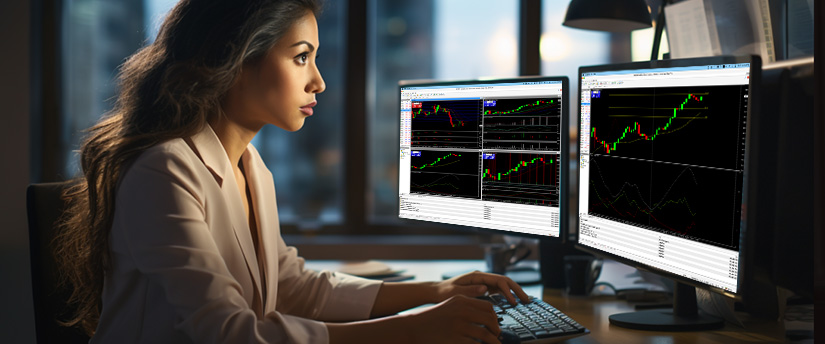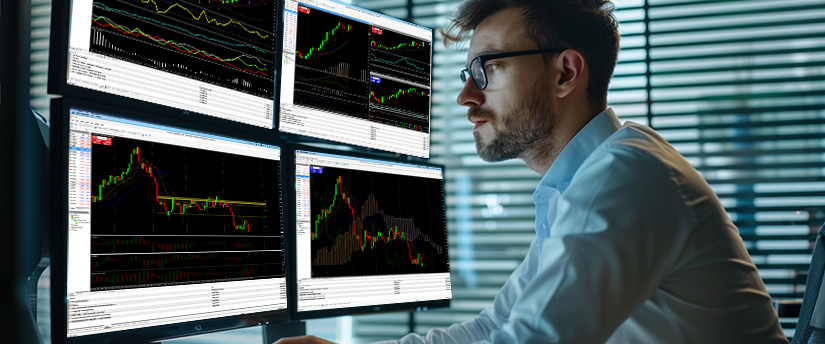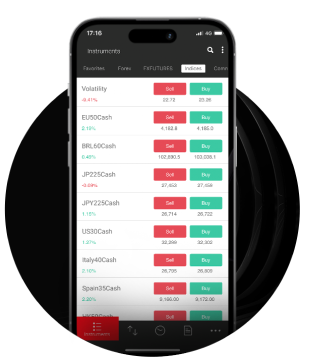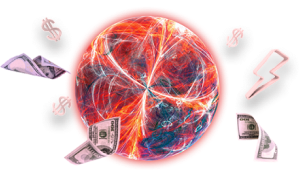Forex trading is a fast-paced world, so understanding how news affects currency prices is very important. Fundamental analysis studies economic indicators, political developments and policies from central banks that give traders insights into possible market trends. Both expected and unexpected news releases usually cause volatility and provide various trading opportunities.
In this article, we will explore fundamental analysis and news events’ role in moving the forex market, how they can affect trading strategies as well as the importance of having solid risk management.
How does news affect forex markets?
The foreign exchange market or forex keeps reacting to information all the time. News releases are the main source of price movement because they offer information about a nation’s economic health, stability and policy standpoint.
Traders keep an eye on economic calendars, announcements by central banks and geopolitical tensions to speculate on how the market is going to move.
An unexpected rise of interest rates by the Fed for example, can push the USD up very quickly. On the other hand, a sudden political tension in Eurozone might make EUR weaker.
Even if the news aligns with what people anticipated, markets can still move sharply if traders understand it in a different way. Therefore, it is important to understand both the news itself as well as market sentiment in order to interpret movements in prices.

How news and headlines impact the forex market
News headlines can trigger market reactions right away. When trading forex, perception is usually equally important to the underlying data. In periods of key news releases like a sudden central bank decision or political development, traders try to take another look on their positions, leading to a surge in buying or selling usually in a matter of seconds.
There is usually limited movement when headlines confirm existing expectations because traders have already priced in the information. However, when news differs from expectations, like when inflation data comes out to be far greater than predictions, there is a sharp movement in currency pairs while market try to adjust to the new situation.
Risk sentiment is also affected by headlines with high impact. For instance, if there is news of geopolitical tensions or uncertainty in the economy, these usually leads traders towards safe-haven currencies like the USD, JPY or CHF. On the contrary, if there are positive developments that boost confidence around the globe, risk-sensitive currencies like the AUD are strengthened.
Nowadays, algorithmic trading systems react to key data and news instantly, which increases volatility. Prices can be moved long before traders have time to read the complete news releases with just a single sudden central bank statement.
Finally, headlines’ impact depends on how it shifts traders’ expectations regarding economic conditions, interest rates or market sentiment in the future. These three factors are what mainly drives currency demand.

What are some key economic indicators affecting forex?
Non-Farm Payrolls (NFP)
The U.S NFP report, which comes out every month by the Bureau of Labour Statistics, calculates how many jobs were added, without including the agricultural sector. If job growth is strong, it is an indication of a healthy economy and can boost the USD, whereas weak data can show a slowdown in economy, which causes depreciation. Traders usually act before the NFP release to capitalise on expected volatility.
Interest rate decisions
The Fed or the European Central Bank (ECB), control interest rates. This influences capital flow and currency demand. An increase in rates usually makes a currency stronger because higher interest rates attract more traders. However, when there is a decrease in interest rates, the currency usually weakens.The forex market’s reaction will nevertheless depend on whether traders expected the change or not as well.
Inflation data
CPI, or Consumer Price Index, which measures inflation, shows the rate at which prices go up. Higher inflation can reduce what people can buy with their money and make central banks raise interest rates. This can temporarily support the currency. Low inflation though, suggests a weaker activity in the economy and can potentially lower the value of a currency.
Gross domestic product (GDP)
GDP growth shows a country’s economic performance as a whole. If it stops growing or starts going down, it can show that the economy is struggling, which can cause the currency to lose value. On the contrary, strong growth means people are buying more, more jobs are open and businesses are putting money into projects, which usually makes the currency of a country stronger.
Trade balances
If a country’s exports are more than its imports, this generally leads to a stronger currency as buyers from abroad need local currency for their exchanges. Big and ongoing trade deficits can make a country’s currency lose value over time.
Employment figures
Employment data is very important for a healthy economy. If it is strong, it reflects consumer confidence and spending power, which supports the currency. If it is low, it shows possible weakness in the economy.
Geopolitical events and Forex
Changes in policy, elections, negotiations in the trade sector or tensions geopolitically, can cause uncertainty and lead traders to safe-haven currencies as already discussed above. Minor political events can equally cause sharp price movements if they come against market expectations.
3 common strategies to trade around the news
Some traders use news trading by entering trades right before or after big announcements. They do this to profit from price fluctuations. Other traders fade the news, speculating that the market’s initial reaction was too strong, which can work if the price rise is temporary. Another strategy in forex is to wait-and-see, in which traders enter a position after they wait for the market to calm down, to reduce the possibility of getting caught in big fluctuations.

Risk management when trading the news
Trading news can be risk as prices move and change very quickly. Using risk management tools like stop-loss orders helps reduce losses. Adjusting position sizes also ensures that your trades match your set risk tolerance. You should keep up with upcoming news and understand how it might affect your trades.
Many traders like to diversify their strategies by combining news trading with technical analysis to control risk. These approaches help them make the most of opportunities while protecting their capital at the same time.
Conclusion
Having explored how headlines move the forex market, fundamental analysis and news play a key role when trading forex. All factors discussed above, can greatly influence a currency’s value. If you understand how to read news, how they work, and how you can use news strategies you can better navigate the financial markets during volatility.
Effective risk management like setting stop-losses, adjusting your positions’ size, diversifying your strategies and staying informed, are all of great importance in protecting your capital while taking advantage of opportunities created by market-moving news headlines.
免責事項: 本情報は、投資助言や投資推奨ではなく、マーケティングの一環として提供されています。IronFXは、ここで参照またはリンクされている第三者によって提供されたいかなるデータまたは情報に対しても責任を負いません。
















